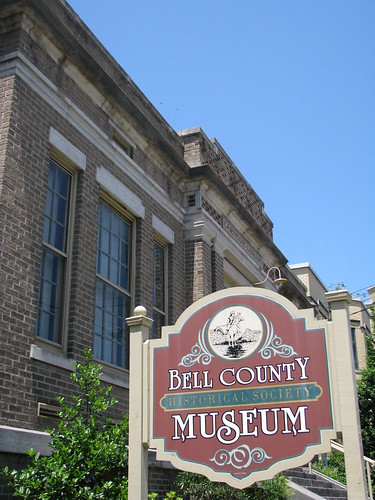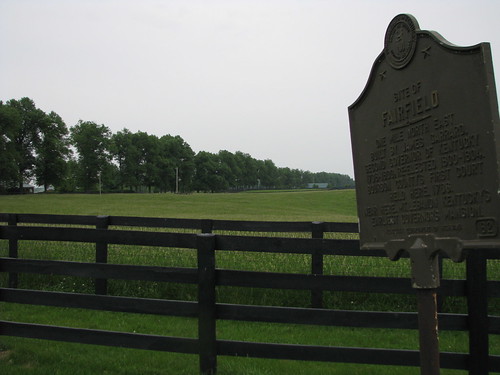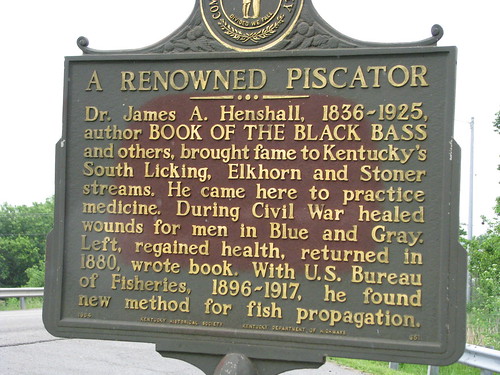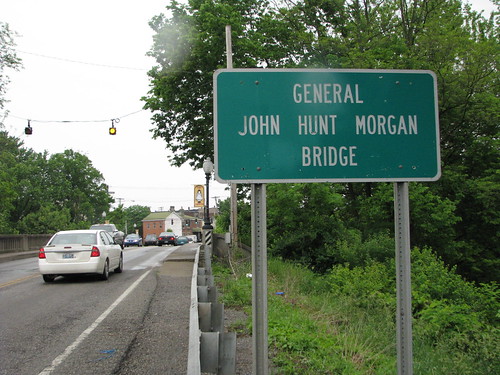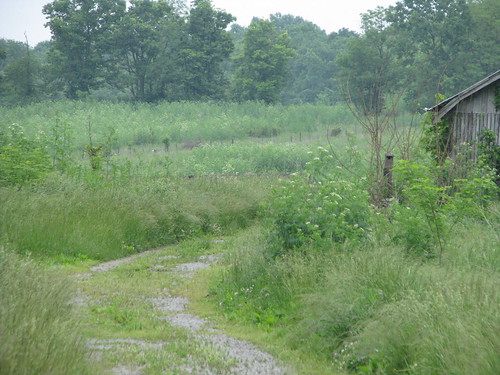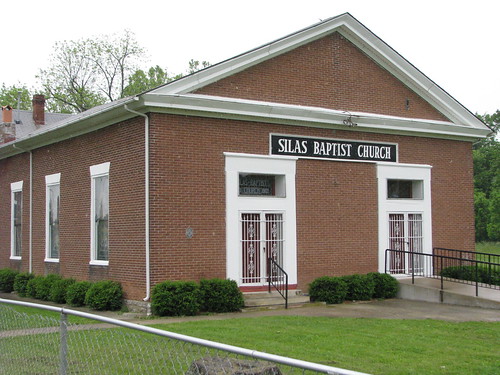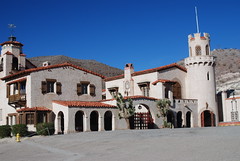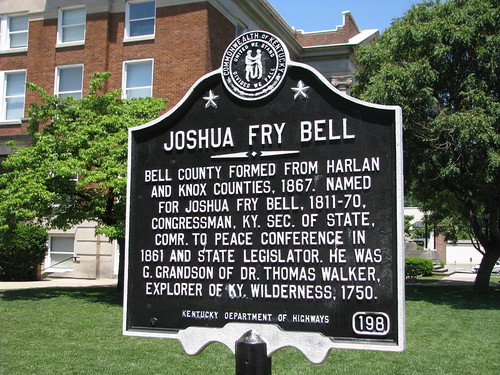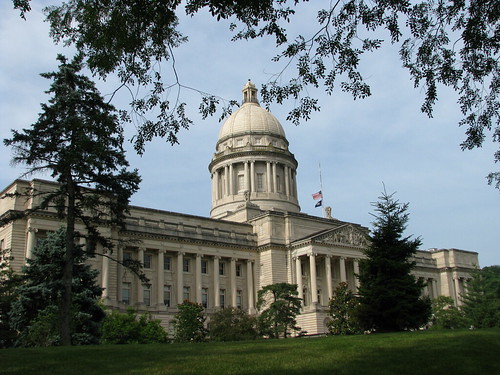 |
| Kentucky State Capitol, Frankfort, Ky. |
A group of five commissioners selected in 1792 that Frankfort should be the state’s capital (the question was revisited in 1904). Since that selection, four capitol buildings have been constructed. The current structure was completed in 1910 (Happy 100th Birthday post) and is in the Beaux Arts style. Inside are housed all branches of the government: executive (first floor), judiciary (second floor) and the legislature (third floor)
Parts of the building reflect Kentucky’s love of French architecture. For example, architect Frank Mills Andrews modeled the capitol’s grand staircase after the staircase at the Paris Opera. From 1910 until 1927, the Capitol was Kentucky’s tallest building (replaced by Louisville’s Heyburn Building).
On the first floor, under the rotunda, are statutes of Abraham Lincoln, Henry Clay, Ephraim McDowell, Jefferson Davis and Alben Barkley. The statues of Clay and McDowell are replicas of those in the U.S. Capitol’s statuary. Above, the recently painted and restored dome shines over the four pendentive murals: Nature, Industry, Culture and Civitas.
Check out all my Pictures on Flickr of the Capitol!


